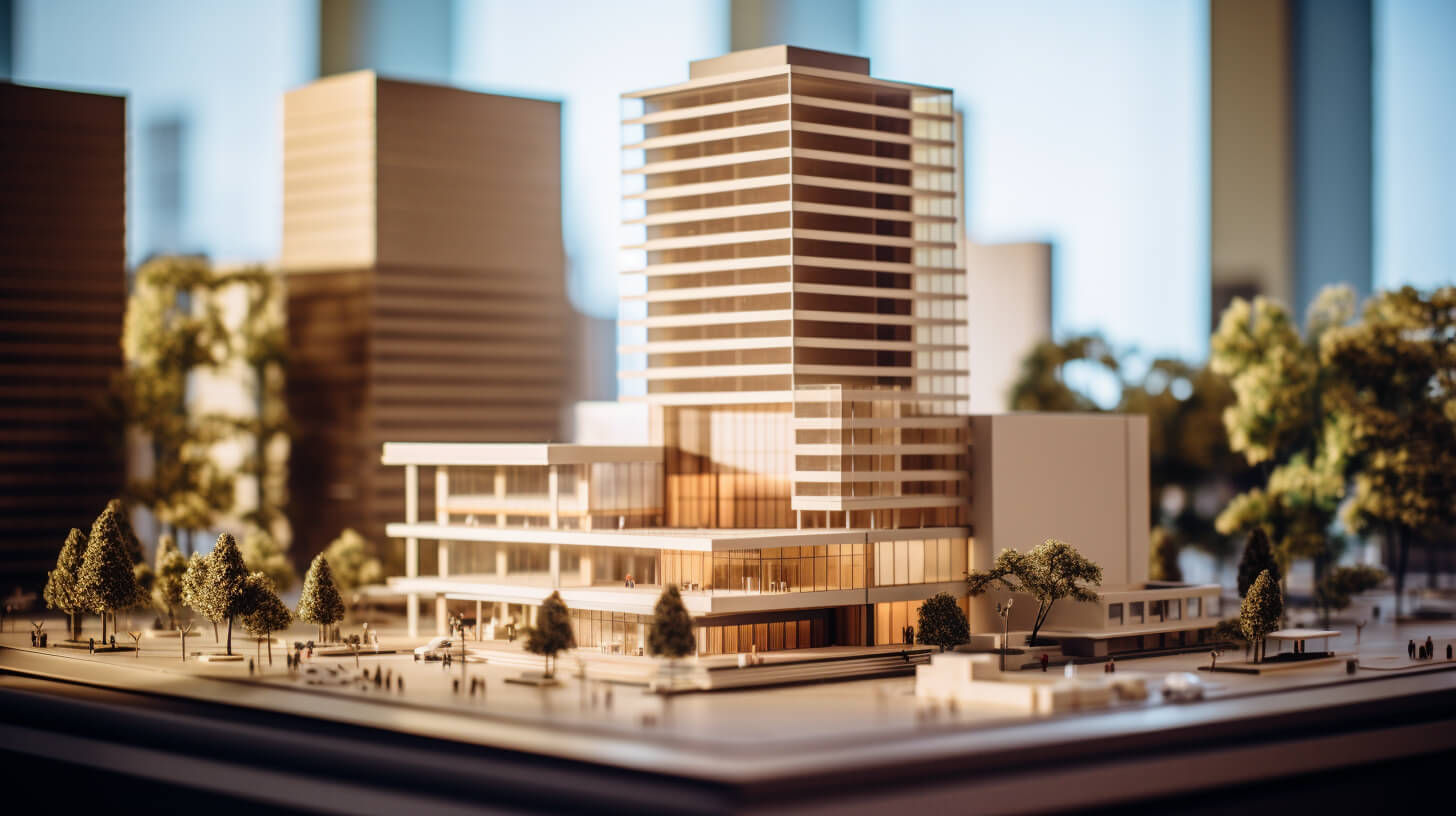One of the most important decisions when you start your retail operation is, of course, your retail location. “Location, location, location” is not an out of date creed, despite the modern importance of e-commerce as part of your business.
Choosing exactly where to hang your shingle can, though, be a challenge. Some of the factors that affect it are ones you also need to know for other marketing purposes. Others are specific to choosing a physical space and location. So, here are the factors you need to take into account:
Who is your Customer?
This is one of those basic questions you need to answer before establishing your business. The best location for a store commonly patronized by teenagers may not be the same as one that generally appeals to older adults.
At the broad level, make sure that the demographics of the city or county you choose match well with those of your core customer base. Obviously, this needs to be balanced with your own commute and other desires, but there’s no sense setting up shop in a neighborhood that simply does not contain your target audience. You also need to pay attention to population trends. An aging population may age out of the demographics for a sporting goods store, for example.
What Are You Selling?
The second basic factor is the nature of the goods you are selling. First of all, what you are selling impacts your minimum space requirements. A furniture store needs a lot more basic space than a bookstore; but the bookstore may also find that some kind of cafe area or reading room is essential to attract customers.
Make sure that you know what you need in terms of not just space, but also layout and fixtures. If you need certain equipment, you may be able to save startup money by choosing a space that already has, for example, a full kitchen to make those cafe snacks.
The other thing to consider is whether you are selling convenience goods, shopping, or specialty. In general, convenience goods such as candy bars and milk should be located on high traffic intersections in or near neighborhoods. Shopping, in this context, includes higher-priced objects such as clothing, cars, and furniture. People are more willing to make special trips, but often appreciate multiple options close together. In this category, being close to a department store is actually an advantage. Finally, specialty is expensive goods that are bought infrequently, such as jewelry and antiques. In most cases, customers already know what they are looking for and where to go, and you can often get away with a more isolated location.
Finally, look at the immediate future plans for the location. If highway construction or remodeling is planned, look at the plans to see how they will affect your location. Suddenly finding yourself on a seldom-used “business” street or a dead end can be a dealkiller if you are relying on traffic.
Who is Your Competition and Who Complements?
“Retail compatibility” is a term that’s often used to describe which stores should be together. The vast majority of stores don’t, and can’t, exist in isolated locations. Your store will most likely be in a store cluster (which includes both indoor and strip malls).
You need to be both away from identical operations and near similar ones. Being the only toy store in a mall dedicated to fashion is not necessarily helpful, but you also don’t want to be one of two beauty supply stores in the same wing of the mall.
You should also look at whether the nearby stores will attract the same demographic, including in terms of buying power. A jewelry store is better off next to a fashion boutique or a higher end hair salon rather than right next to Target, for example. You want stores that draw traffic and notice to yours, and vice versa.
How Accessible is the Retail Location?
You want traffic, but it has to be the right kind of traffic. On the other hand, you absolutely should consider how many people go past your location. Are they walking or driving? For stores that sell small, light items such as clothing, being in a walkable area is a major plus. For furniture stores, you need your customers to be able to arrive in their cars (and park).
If you’re going for a store in an indoor mall, how much parking does the mall have? And how close are you to an exit, either to the street or the lot (in some malls this is the same thing, but in urban malls these can be quite separate. The rule of thumb is 5 to 8 parking spaces per 1,000 square feet of retail space. Check that the lot is ADA compliant and that what is being charged for parking is not excessively high for the area. Watch traffic when the mall is busy. You want there to be plenty of traffic, but queues to get in or out should be limited to extremely high traffic times such as Black Friday or right before Christmas.
Retail Location Budget
Prime locations cost. As a new store owner and small business, you probably won’t be able to afford the best retail location. Indoor malls, in particular, can be very expensive. You might find a slightly quieter strip mall to be a better compromise.
When determining costs, take into consideration the fact that if you have a cheaper, low traffic location, you will be paying more money for advertising and other ways to get customers in the door. Make sure you know your margins and how much you need in sales volume, then do the math.
If you choose an unusual retail location, be sure to check the zoning regulations to make sure that you can put up the signs you need or even run the type of business you intend to run. Finally, make sure that you know what costs you might be responsible for other than base rent. Make sure that you know if you are responsible for property taxes, security, landscaping, a share of parking lot maintenance, etc. A retail location that fits your needs with minimal remodeling will always be cheaper, but this is not always something you can find and may carry a rent premium.
Does the store have restrooms? In indoor malls, sometimes a restroom nearby is enough for staff as well as customers, but bear in mind that a staff member will have to leave to go to the restroom and try to keep this time minimal. For an isolated location, you want restrooms for customers.
Choosing your retail location is a difficult task that you should not rush, and involves many decisions. Make sure to research both the immediate location and the general area and balance needs such as traffic versus budget and your own commute versus the best location for your store.
If you’d like help making the best decision, we offer tenant representation services, and we’d be happy to help you find your ideal business location. Just give us a call and we’ll help you get started.

